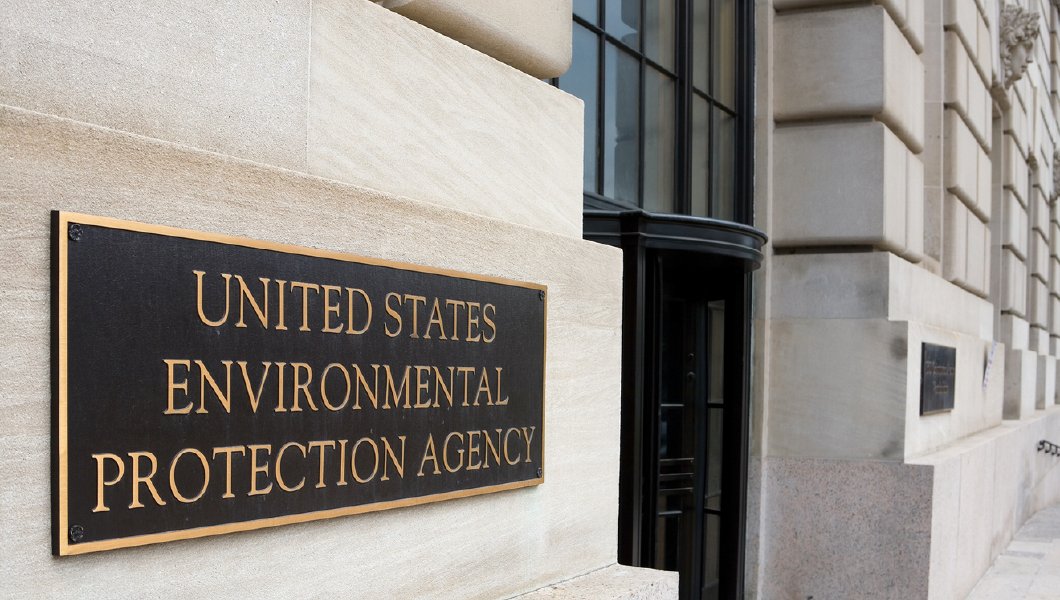Scientists discover massive dumping ground for toxic DDT pesticide just off LA coast
11/11/2020 / By Divina Ramirez

Using a deep-sea robot, researchers from the University of California, Santa Barbara (UCSB) discovered an extensive ecological disaster that has eluded scientists for decades.
Sitting on the ocean floor just off the coast of Santa Catalina Island in Los Angeles are rusting, leaking barrels — about 60 in total. A close inspection of deep-sea sediments collected from the site showed that the barrels were filled with dichlorodiphenyltrichloroethane (DDT), a highly toxic pollutant and a known carcinogen.
“It has been sitting here this whole time, right off our shore,” said David Valentine, a professor of earth science at UCSB who was part of the research team. Valentine himself is no stranger to speculations that the notorious chemical, which has been banned since the 1970s, was hiding in the deep ocean this entire time, slowly fouling it.
Hidden dumping ground
DDT was once used to combat malaria and typhus. Initially regarded as a miracle chemical, DDT was sprayed profusely during World War II. It was so potent that a single application could protect a soldier for months. It was also used in agriculture as a powerful insecticide. (Related: DDT pesticide exposure during pregnancy now scientifically linked to autism.)
However, DDT rose to notoriety after experts raised environmental concerns about the chemical’s widespread use. Swiss chemist Paul Muller, who discovered DDT as an insecticide, warned that he himself did not fully understand DDT’s possible effects on the living world, citing the need for more studies.
Valentine and his colleagues practically stumbled upon the barrels of DDT. They had originally set out to study methane seeps on the ocean floor. But using the remotely operated deep-sea robot, Jason, they found some 60 barrels, each ringed with what appeared to be DDT that has leaked from it.
The researchers snapped off an icicle-like protrusion from one of the barrels using the robot, which caused gas to bubble out. Because the barrels were so deep underwater, where the pressure was 90 times greater than that above ground, Valentine and his colleagues speculated that the barrels are no different from soda cans ready to burst at any moment.
But one thing was clear: The toxic chemical is spreading across the ocean floor. “This toxic waste is just kind of bubbling down there, seeping, oozing,” said Veronika Kivenson, a graduate student in marine science who also took part in the research. “It’s not a contained environment.”
When Kivenson studied deep-sea sediment samples collected from the area, she estimated that each barrel contained acid waste with at least 0.5 percent to two percent technical-grade DDT. If at least half a million barrels were littering the ocean floor, which the researchers believe is entirely possible, there could be a total of 384–1,535 tons of DDT off the coast of California alone.
Kivenson also noted that the distribution of DDT on the seafloor was uneven. For instance, one hot spot had a concentration of DDT that was 40 times greater than the highest level of surface sediment contamination from a designated Superfund site in the nearby coastal city of Palos Verdes. Superfund sites are where toxic waste is dumped and left out in the open.
Cleaning up the toxic sludge
The researchers suspect that the DDT-filled barrels sitting in what appears to be a dumping ground could have been the work of the Montrose Chemical Corporation of California. It was the largest producer of the chemical in the country, manufacturing millions of pounds of DDT from 1947 until it stopped production in 1982.
The manufacturer was also proven to have engaged in deep-sea dumping, where workers would take barrels filled with toxic sludge out into the ocean and either dump them as-is or hack them open to make them sink.
Unfortunately, solving the matter of the DDT-polluted ocean floor was not as simple as calling the authorities. Valentine himself had tried to get in touch with the Environmental Protection Agency (EPA), to no avail. It turns out, they still do not know what to do with the chemical, which still exists today.
In the meantime, the National Oceanic and Atmospheric Administration (NOAA), along with other state and federal agencies, has established the Montrose Settlements Restoration Program (MSRP). It seeks to restore kelp forests, wetlands and marine protected areas in southern California affected by DDT.
Learn more about the environmental impact of DTT and other pesticides at Pesticides.news.
Sources include:
Submit a correction >>
Tagged Under:
DDT, deep-sea dumping, discoveries, Ecology, environment, insecticide, Los Angeles, marine life, ocean health, toxic chemicals, toxic water
This article may contain statements that reflect the opinion of the author
RECENT NEWS & ARTICLES
COPYRIGHT © 2017 EPA WATCH





















